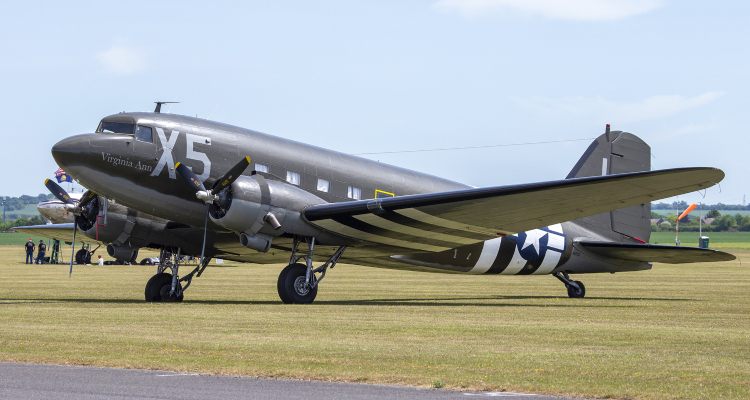
The period between the two World Wars, often referred to as the Golden Age of Aviation, witnessed an explosion of innovation and a slew of aviation milestones that fundamentally transformed the way we look at air travel. This era, marked by rapid technological advancements, not only captured the imagination of the masses but also laid the groundwork for modern aviation as we know it today. Let's take a journey back in time to explore the most pivotal moments of this remarkable period.
Introduction of Commercial Airlines
One of the standout milestones of the Golden Age was the rise of commercial airlines. As early as the 1920s, airlines like Pan American and Imperial Airways were founded, offering flights that revolutionised travel and made it accessible to the masses.
Advancements in Aircraft Design
During this era, the biplane's reign was gradually overtaken by monoplanes, which proved to be faster and more aerodynamically efficient. The Douglas DC-3, introduced in 1935, became an icon of reliability and is often considered the first successful commercial airliner.
Air Mail and Transcontinental Flights
Air mail service, initially a novelty, became a vital part of global communication. The successful delivery of mail via air routes fostered the growth of transcontinental flights, including Charles Lindbergh’s groundbreaking solo flight across the Atlantic in 1927.
Advent of Autopilot and Instrument Flying
In 1932, the first practical autopilot was introduced, which allowed for better control and safety in flight. Instrument flying became more reliable as well, as aviators started to use radio beacons for navigation.
Women in Aviation
The Golden Age also saw the rise of iconic female aviators like Amelia Earhart and Jacqueline Cochran, who broke numerous aviation records and shattered gender barriers.
The Hindenburg and the Rise of Airships
Although it ended in tragedy, the era of the airship, epitomised by the Hindenburg, brought an unparalleled level of luxury to air travel and captured the public's imagination before the advent of large commercial airlines.
Frequently Asked Questions
When exactly was the Golden Age of Aviation?
The Golden Age of Aviation is generally considered to span the years between World War I and World War II, approximately from the early 1920s to the late 1930s.
Why is it called the 'Golden Age'?
The term celebrates the rapid technological advancements, record-breaking flights, and popularisation of commercial air travel that occurred during this period.
What happened to airships like the Hindenburg?
The era of airships essentially ended with the Hindenburg disaster in 1937, giving way to the prevalence of faster and safer airplanes.
Conclusion
The Golden Age of Aviation was a period of rapid innovation, dashing pilots, and soaring dreams. The milestones reached during this era provided the building blocks for the highly advanced and exceedingly safe air travel industry we have today.
